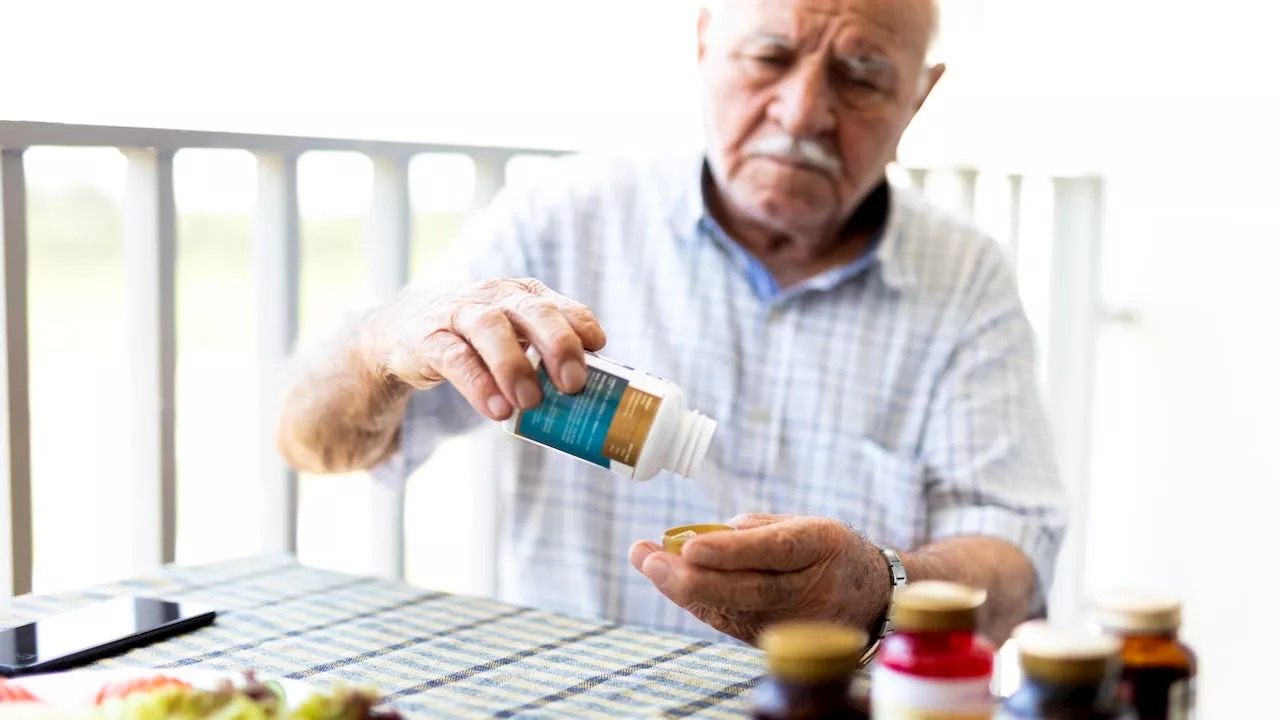Health
Apple-Derived Compound Shows Potential as Natural Gum Disease Treatment

Researchers from the São Paulo State University in Brazil have identified a promising compound, morin, found in apples, figs, and guava, that could serve as a natural alternative to antibiotics in treating gum disease. Their study, published in the journal Archives of Oral Biology, highlights how morin exhibits antimicrobial, anti-inflammatory, and antioxidant properties against bacteria responsible for periodontal issues.
Morin, a naturally occurring compound extracted from the peels and leaves of select fruits and vegetables, was tested on bacterial biofilms that mimic conditions seen in gum disease. The findings suggest that a morin-based powder could effectively combat harmful bacteria while being less invasive than traditional treatments. According to Luciana Solera Sales, one of the study’s authors, “The idea is to take advantage of this natural compound, its benefits and its advantages, and transform it all so that it can be used to prevent and treat tooth decay and periodontal disease.”
To facilitate its application, the research team developed a powder form using processes similar to those used in powdered milk production. This method allows for a controlled, slow release of the compound in the mouth, which is crucial for maintaining its effectiveness despite the constant flow of saliva.
As dental treatments for gum disease often involve cleanings and, in some cases, topical antibiotics, the rise of antimicrobial resistance has sparked interest in exploring safer, more natural alternatives. The authors of the study propose that morin-based compounds could act as a “non-antibiotic adjunctive antimicrobial therapy” to enhance treatment outcomes.
While the naturally occurring substance can be sourced from various fruits and plants, including apple peels and guava leaves, the researchers emphasize that effective therapeutic use requires processing. Sales noted, “The substance needs to be processed,” as the raw compounds do not exhibit the same efficacy without modification.
The research team, under the guidance of professor Fernanda Lourenço Brighenti, combined morin with sodium alginate and gellan gum. These polymers protect the compound from rapid degradation and enhance its adhesion to teeth and gums, allowing it to remain active for extended periods.
Potential uses for the fine morin powder include incorporation into oral hygiene products, such as toothpaste or mouthwash. Brighenti highlighted the potential benefits for individuals with limited motor skills, such as the elderly or patients with special needs, who may struggle with traditional dental hygiene practices.
The researchers aim to develop a morin formulation that is not only safe and pleasant-tasting but also suitable for large-scale production. This approach could address common issues associated with current treatments, such as tooth staining, tartar buildup, and unpleasant taste changes.
The team plans to conduct further testing of the morin formulation in both animal and clinical studies to confirm its safety and effectiveness. If successful, this natural compound could lead to the creation of the first plant-based, antibiotic-free dental treatments specifically aimed at preventing and managing gum disease. The World Health Organization estimates that gum disease contributes to a significant burden of oral diseases affecting nearly half the global population.
Dental professionals are optimistic about the research’s implications. Dr. Richard Nejat, a periodontist based in New York City, described the findings as a reflection of a shift towards more natural, antibiotic-free approaches in dentistry. He acknowledged, however, that clinical trials in humans are critical to understanding the compound’s long-term effects and its interactions with existing treatments.
Caution is advised by some experts regarding the implementation of new treatments. Dr. Ilona Fotek, a holistic and biologic dentist in Florida, warned that even promising plant-based therapies can pose risks if not adequately studied. “A ‘natural’ label doesn’t automatically mean safe, especially without human data,” she stated. Fotek expressed concern that preliminary research often leads to DIY trends on social media, which can be detrimental.
Despite these concerns, the ongoing research presents an opportunity to explore therapies that support healing while preserving the balance of the oral ecosystem. The findings from this study pave the way for innovative approaches to dental health, emphasizing the need for thorough investigation and responsible implementation of emerging treatments.
-

 Science2 months ago
Science2 months agoOhio State Study Uncovers Brain Connectivity and Function Links
-

 Politics2 months ago
Politics2 months agoHamas Chief Stresses Disarmament Tied to Occupation’s End
-

 Science1 month ago
Science1 month agoUniversity of Hawaiʻi Joins $25.6M AI Project for Disaster Monitoring
-

 Science4 weeks ago
Science4 weeks agoALMA Discovers Companion Orbiting Giant Star π 1 Gruis
-

 Entertainment2 months ago
Entertainment2 months agoMegan Thee Stallion Exposes Alleged Online Attack by Bots
-

 Science2 months ago
Science2 months agoResearchers Challenge 200-Year-Old Physics Principle with Atomic Engines
-

 Entertainment2 months ago
Entertainment2 months agoPaloma Elsesser Shines at LA Event with Iconic Slicked-Back Bun
-

 World1 month ago
World1 month agoFDA Unveils Plan to Cut Drug Prices and Boost Biosimilars
-

 Business2 months ago
Business2 months agoMotley Fool Wealth Management Reduces Medtronic Holdings by 14.7%
-

 Science2 months ago
Science2 months agoInnovator Captures Light at 2 Billion Frames Per Second
-

 Top Stories2 months ago
Top Stories2 months agoFederal Agents Detain Driver in Addison; Protests Erupt Immediately
-

 Entertainment1 month ago
Entertainment1 month agoBeloved Artist and Community Leader Gloria Rosencrants Passes Away









